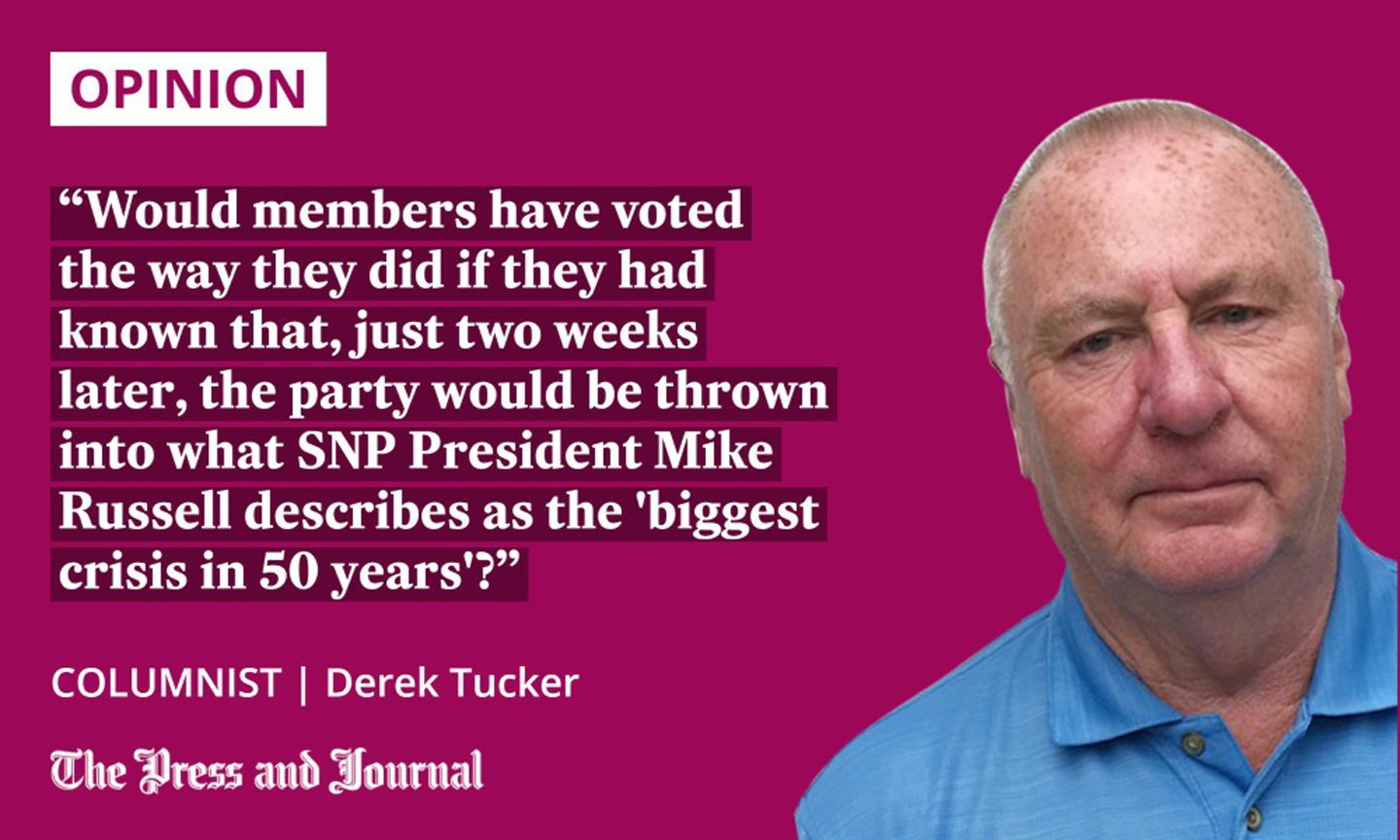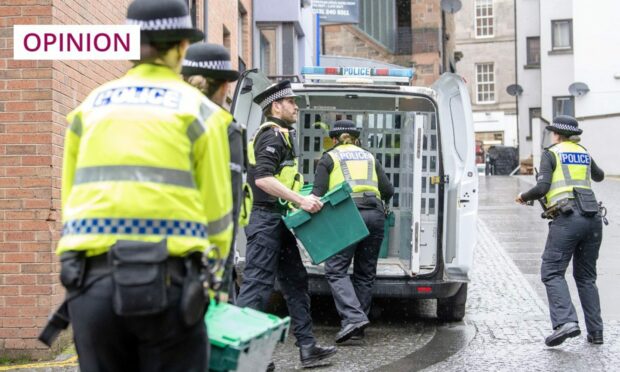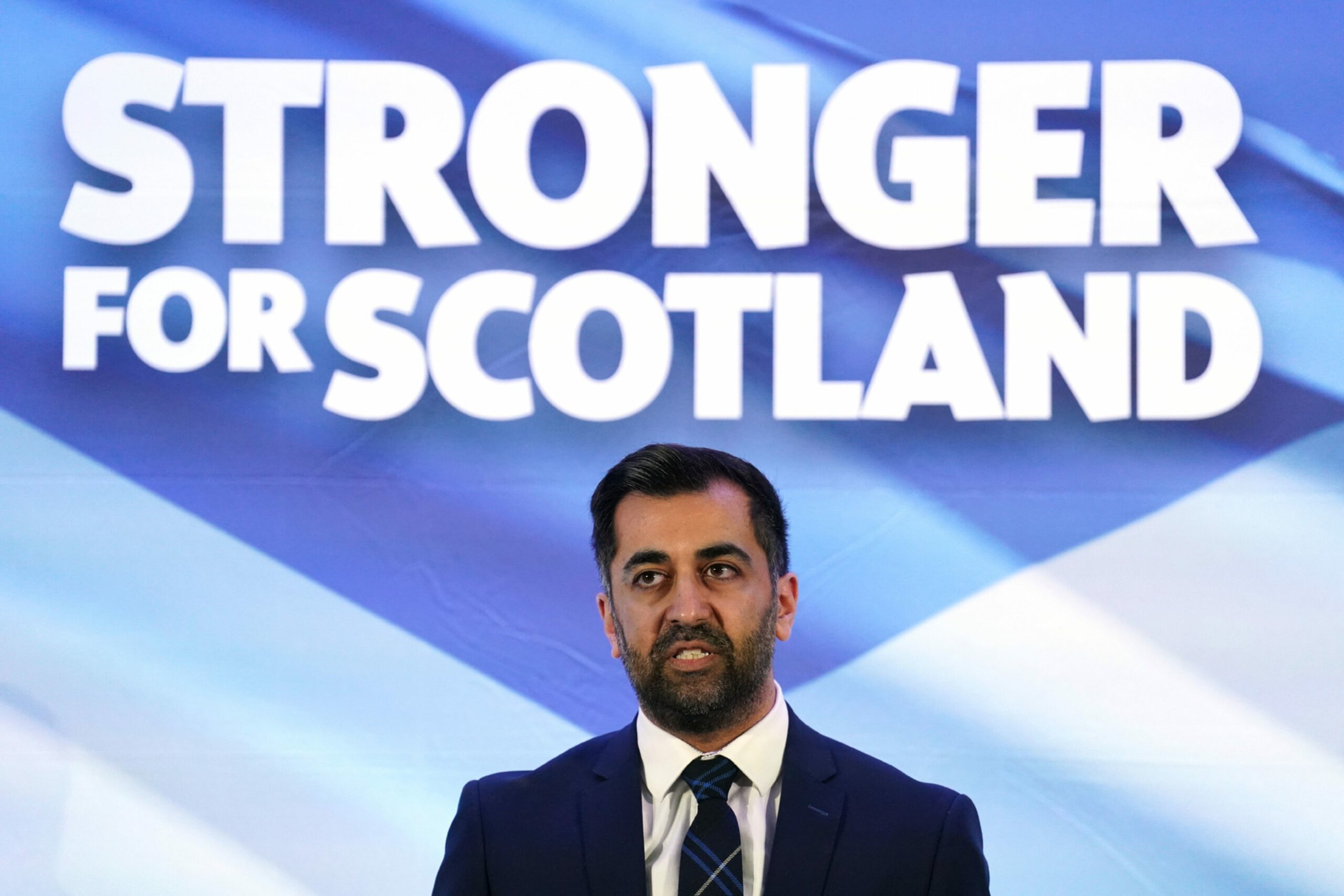One week on from the extraordinary scenes which surrounded the arrest of former SNP chief executive, Peter Murrell, and the search of the home he shares with his wife, former first minister, Nicola Sturgeon, the repercussions are still being felt across the entire Scottish political system and beyond.
In common with much of the country, I watched with a mixture of fascination and astonishment as the police operation unfolded.
The activity at the Murrell-Sturgeon household took on an intensity normally reserved for murders and other violent crime. It is hard not to come to the conclusion that this rather over-the-top police response to an alleged “white collar” crime owed more to the profile of the residents of this particular house than the severity of the matter under investigation.
In the interests of fairness, and with due regard to the laws of the land, it must be stressed at the outset that Mr Murrell has not been charged with any offence, and was released, pending further investigation, after being questioned for almost the legal maximum of 12 hours. Equally importantly, there is absolutely no suggestion of any wrongdoing on the part of Ms Sturgeon, who does not appear to have been interviewed about the £600,000 allegedly missing from the SNP’s bank account.

But, the last seven days have resulted in the virtual meltdown of Scotland’s largest political party, with problem after problem piling up in new first minister Humza Yousaf’s in tray. Each day has brought a new development in the biggest political scandal Scotland has ever witnessed.
The fact that this saga is snowballing so quickly is entirely down to the secrecy with which the SNP conducts its affairs; even senior party figures have been refused basic information about finances. Indeed, if media reports are to be believed, Ms Sturgeon herself shut down discussion about SNP finances at a 2021 National Executive Committee meeting by insisting that everything was fine and the discussion should move on.
The “need to know” strategy may serve a purpose in the good times, but it has a habit of backfiring spectacularly when things start to go wrong. At that stage, the information vacuum leads to rumour and speculation, and even a cursory look at the newspapers over the weekend demonstrates how true that is in this case. Fact and wild speculation converge and, in the absence of any official guidance from the SNP leadership, human nature is more inclined to believe than disbelieve.
Matters which may or may not be relevant – or, indeed, true – are pieced together to form a huge jigsaw which depicts wrongdoing, but conceals the faces of those responsible.
Questions about Humza Yousaf’s mandate will not go away
Why did the party’s auditors resign? Why was a £100,000 motorhome removed from the driveway of Mr Murrell’s 92-year-old mother? How much prior notice – if any – did senior party figures receive of last Wednesday’s police activity? Was there a connection between the severely shortened timescale in which Ms Sturgeon’s successor as first minister was elected and the rapid acceleration of the police investigation?
All of these questions will no doubt be answered in time but, until they are, there will remain serious questions about Mr Yousaf’s mandate. He painted himself as “the continuity candidate”, promising to carry on Ms Sturgeon’s legacy, while his main rival, Kate Forbes, provided a snapshot of the chaos that was to follow by insisting that a vote for continuity was a vote for mediocrity. With party heavyweights firmly behind Mr Yousaf, the membership duly toed the line.
The big question now is: would members have voted the way they did if they had known that, just two weeks later, the party would be thrown into what SNP President Mike Russell describes as the “biggest crisis in 50 years”? The temptation is to conclude that they wouldn’t, but there is sufficient doubt over the validity of the ballot to support Hebridean MP Angus MacNeil’s demand for a second vote.
The problem the party faces when dismissing that – as surely it will – is that Mr Yousaf becomes a lame duck first minister who may yet fail to outlive doomed UK Prime Minister Liz Truss’s famous lettuce.
The SNP desperately needs strong leadership to plot its way through its current problems. Unfortunately, the autocratic way in which Ms Sturgeon and Mr Murrell ran the party means that no such candidate exists, and the impression prevails that events, not people, will dictate future developments. Scottish Labour leader Anas Sarwar must be loving this.
Derek Tucker is a former editor of The Press and Journal.


Conversation